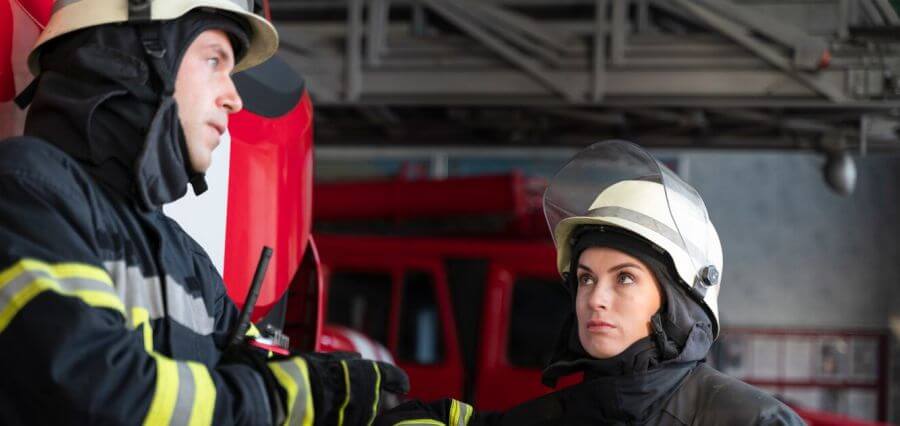In property management and business ownership, prioritizing the safety and security of buildings is crucial. With technology advancing, fire safety systems, including fire sprinkler maintenance, have become more effective, reliable, and accessible. This progress goes beyond merely meeting safety regulations—it’s about using technology to save lives, safeguard assets, and reduce the possibility of severe damage. Today, let’s delve into five key technological innovations that are redefining standards in fire safety, highlighting the importance of regular fire sprinkler maintenance.
1. Smart Smoke Detectors And Alarms
Gone are the days when smoke detectors were simple, standalone devices prone to false alarms or failures to alert occupants in time. Modern smart smoke detectors embody sophisticated technology that significantly enhances responsiveness and reliability. These devices can differentiate between types of smoke and aerosols, reducing false alarms and providing precise warnings. Smart smoke detectors are interconnected and can be monitored remotely, activating alarms and instantly notifying property managers and fire departments in emergencies. Their integration with smartphones and digital devices ensures alerts are received anywhere, speeding up response times and potentially saving lives.
2. Advanced Fire Suppression Systems
The new era of fire suppression goes beyond conventional sprinkler systems. Technologies such as water mist systems, which disperse fine sprays that absorb heat and reduce oxygen levels, offer effective fire suppression with minimal water damage. For environments where water could harm valuable assets, like data centers or archives, chemical suppression systems use eco-friendly chemicals to extinguish fires without leaving residue. Furthermore, integrating these systems with building management systems allows for real-time monitoring and control, providing an added layer of security and operational efficiency. These advanced systems can identify the precise location of a fire, enabling targeted suppression that avoids unnecessary damage to property and ensures a quicker return to normal operations.
3. Emergency And Exit Lighting Systems
In the event of a fire, power failures can plunge buildings into darkness, making evacuation challenging and dangerous. Today’s emergency and exit lighting systems are designed to circumvent such scenarios. With its long life and reliability, LED technology is now commonplace, offering a brighter, more energy-efficient solution. Integrating lighting systems with smart technologies allows for automatic adjustments during emergencies. For instance, lights can guide people away from danger to safe exits, aiding quick evacuation and reducing panic and confusion.
4. Fire Safety Management Platforms
Technology now offers comprehensive platforms integrating various aspects of fire safety management, including fire sprinkler inspection, into a unified, user-friendly interface. These platforms facilitate real-time monitoring of all fire safety systems, including sprinkler functionality, across individual or multiple properties. They use data analytics to predict and prevent issues like sprinkler system failures, ensuring all fire safety measures, including sprinkler systems, are up-to-date and fully functional. Regular maintenance and inspections are scheduled, and these platforms also provide key training resources to enhance fire safety personnel’s emergency response skills. Access to building layouts, fire safety equipment locations, such as sprinkler systems, and live fire data allows first responders to plan and execute their operations more efficiently.
5. IoT And Connectivity
The Internet of Things (IoT) is perhaps the most significant driver of innovation in fire safety systems. By connecting devices and systems, IoT enables unparalleled coordination in emergency responses. Fire detectors, suppression systems, security cameras, and even HVAC systems can communicate to identify and isolate the fire, manage smoke, and control building ventilation. IoT connectivity extends to wearable technologies for occupants and first responders, providing real-time health monitoring and location tracking during evacuations. This technology ensures that efforts can be directly concentrated where they are most needed, enhancing the chances of successful rescues and minimizing harm.
Conclusion
The role of technology in fire safety is evolving rapidly, offering businesses and property managers unprecedented capabilities to protect their premises and, most importantly, the lives of their occupants. While adopting these technologies represents an investment, their value in terms of safety, efficiency, and peace of mind is immeasurable. Property managers and business owners can significantly enhance building safety standards and ensure compliance with the most rigorous regulations by staying informed about and incorporating these technological advancements.














